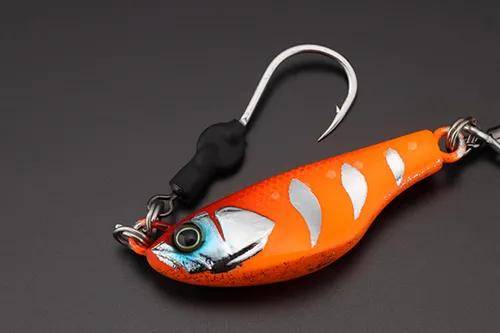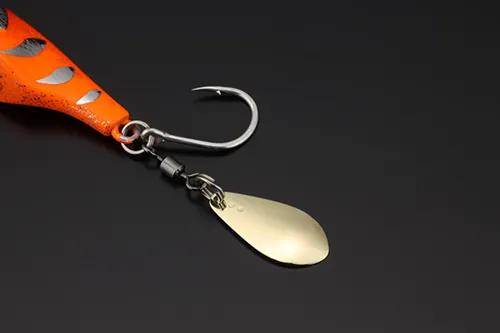
Insect Bite Big: A Detailed Guide to Understanding and Dealing with Large Insect Bites
Have you ever experienced a large insect bite that left you scratching and worrying? Insect bites can range from minor annoyances to serious health concerns, and understanding the nature of these bites is crucial for effective treatment and prevention. This article delves into the details of large insect bites, covering their causes, symptoms, treatment options, and prevention strategies.
Causes of Large Insect Bites

Large insect bites are typically caused by certain types of insects, such as mosquitoes, ticks, and bees. Each of these insects has its own unique characteristics and reasons for biting humans.
| Insect | Reason for Biting | Common Symptoms |
|---|---|---|
| Mosquitoes | Feeding on blood for nutrients | Itching, redness, swelling, and in some cases, allergic reactions |
| Ticks | Feeding on blood for nutrients | Itching, redness, swelling, and in some cases, transmission of diseases like Lyme disease |
| Bees | Defending their hive or colony | Severe pain, redness, swelling, and in some cases, allergic reactions |
Symptoms of Large Insect Bites

The symptoms of large insect bites can vary depending on the type of insect and the individual’s immune response. Common symptoms include:
-
Itching and redness at the bite site
-
Swelling and inflammation
-
Pain or tenderness
-
In some cases, a rash or blisters may develop
-
Severe allergic reactions, such as anaphylaxis, can occur in rare cases
Treatment Options for Large Insect Bites

Most large insect bites can be treated at home with basic first aid measures. Here are some effective treatment options:
-
Clean the bite area with soap and water to prevent infection
-
Apply a cold compress to reduce swelling and pain
-
Take over-the-counter pain relievers, such as ibuprofen or acetaminophen, to alleviate pain and inflammation
-
Use antihistamines to reduce itching and swelling
-
Keep the bite area clean and dry to prevent infection
When to Seek Medical Attention
In some cases, large insect bites may require medical attention, especially if you experience any of the following symptoms:
-
Severe pain, redness, or swelling that does not improve after a few days
-
A fever or chills
-
A large, expanding bruise or rash around the bite site
-
Difficulty breathing, swallowing, or speaking
-
Severe allergic reactions, such as anaphylaxis
Prevention Strategies
Preventing large insect bites is essential, especially if you are at a higher risk of allergic reactions or diseases transmitted by insects. Here are some effective prevention strategies:
-
Wear long-sleeved shirts and pants when outdoors, especially in areas with high insect populations
-
Use insect repellents containing DEET, picaridin, or oil of lemon eucalyptus
-
Check for ticks after spending time in grassy or wooded areas and remove them promptly
-
Keep your home and yard free of standing water,





